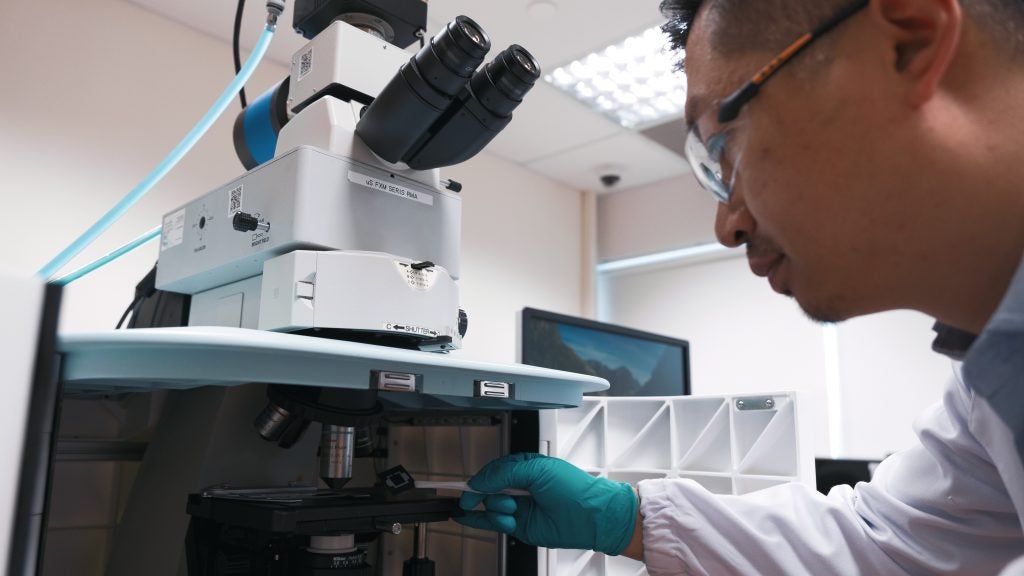
A new moisture-trapping film developed by researchers at the NUS College of Design and Engineering could make life cooler and more comfortable for healthcare workers who have to wear protective body suits.
Using the principle of evaporative cooling, the film keeps the humidity level inside the PPE suits at low levels, helping to speed up sweat evaporation from the skin.
Lab tests using samples of the film placed inside the back of a protective suit have shown it can reduce humidity levels by around 40-50%.
The novel film has been developed by a team led by Assistant Professor Tan Swee Ching, from the Department of Materials Science and Engineering at NUS and has been tested in cooperation with researchers from Singapore's HTX (Home Team Science & Technology Agency).
A challenge many healthcare workers have faced, especially during the ongoing COVID-19 pandemic, is that whilst PPE suits have excellent antimicrobial and waterproof properties, they can also be extremely hot to work in.
This has proved a particular problem in tropical climates where workers operating in a temperature of about 35C can see relative humidity within the suit reach around 90% in less than an hour, causing them to experience a heat index - or 'perceived air temperature' - of about 64C.
"The airtight nature of the suits actually prevents moisture from escaping," said Asst Prof Tan. "Many studies have shown that prolonged wearing of PPE can cause heat stress, and also physiological strain on the wearers."
He cited an NUS medical study in late 2020 which found that healthcare workers in Singapore and India suffered from excessive sweating, exhaustion, and dizziness, which in turn affected both their health and their productivity. In a worst-case scenario, the conditions experienced by workers in such situations can result in heat stroke and death.

Alternative thermal management solutions such as air-cooling suits with electrical fans, using an ice slurry, or the development of advanced textiles have proved impractical due to bulkiness, heavy weight, high cost and limited effectiveness.
The NUS film is made from a novel super-hygroscopic material, meaning that it has exceptional properties for absorbing and retaining moisture from its environment.
The film is able to absorb one gram of moisture per gram of film, and actually becomes more flexible as it does so.
In addition to being highly absorbent, it is strong, flexible and low cost as well as being light weight and easy to manufacture. It is also reusable and non-toxic.

To test the effectiveness of their film, the NUS team collaborated with researchers from HTX, using a special thermal manikin that replicates human motions and physiology within a climatic chamber.
The tests found that the film provided a high degree of humidity control, particularly in vital areas of the body to maximise comfort and well-being for workers wearing protective suits.
This invention of the film was published in the prestigious scientific journal Small on 20 February 2022.
Asst Prof Tan said the film has so far been tested to at least 30 cycles with no degradation, but the team did not yet know what its exact life cycle would be.
Going forward, he said, the team behind the film are looking to further enhance the absorption capabilities of the film and for opportunities to commercialise it.
They also hope to be able to apply similar technologies to reduce heat stress faced by other frontline workers, such as fire fighters working in high temperature situations.






